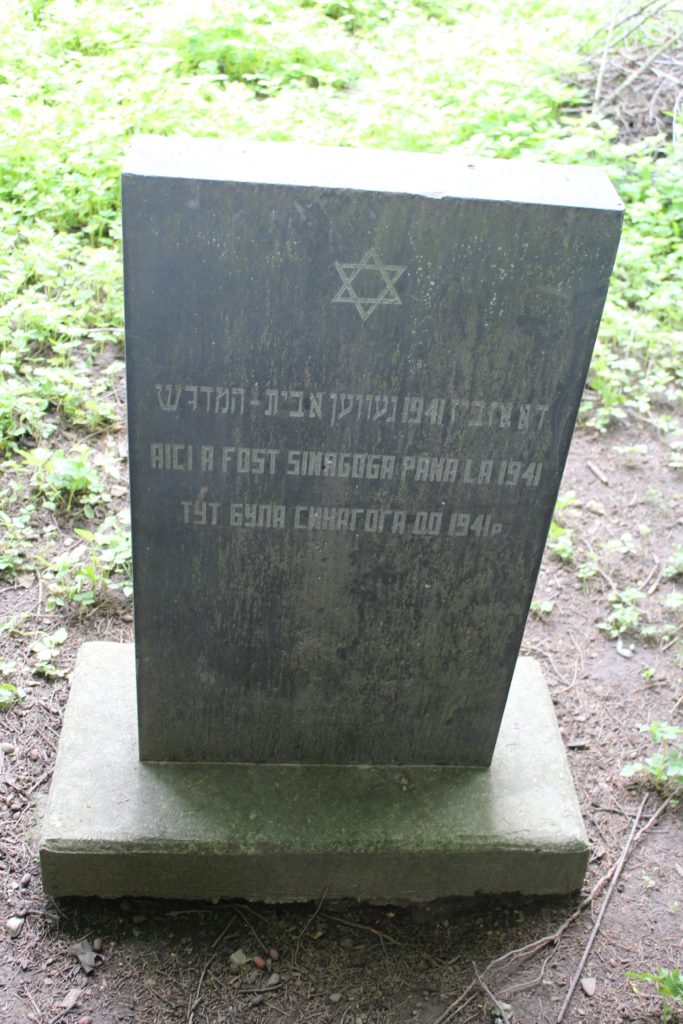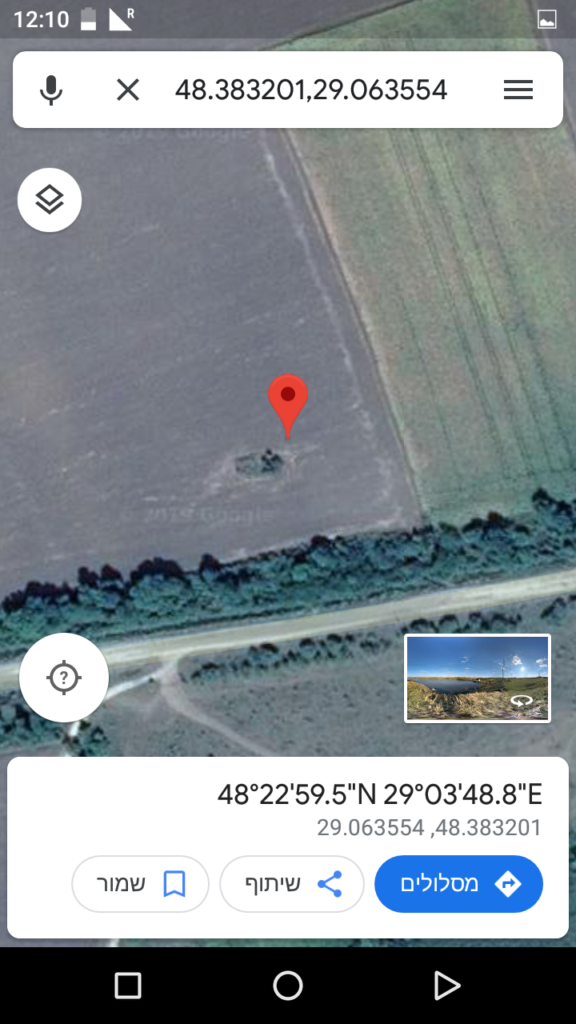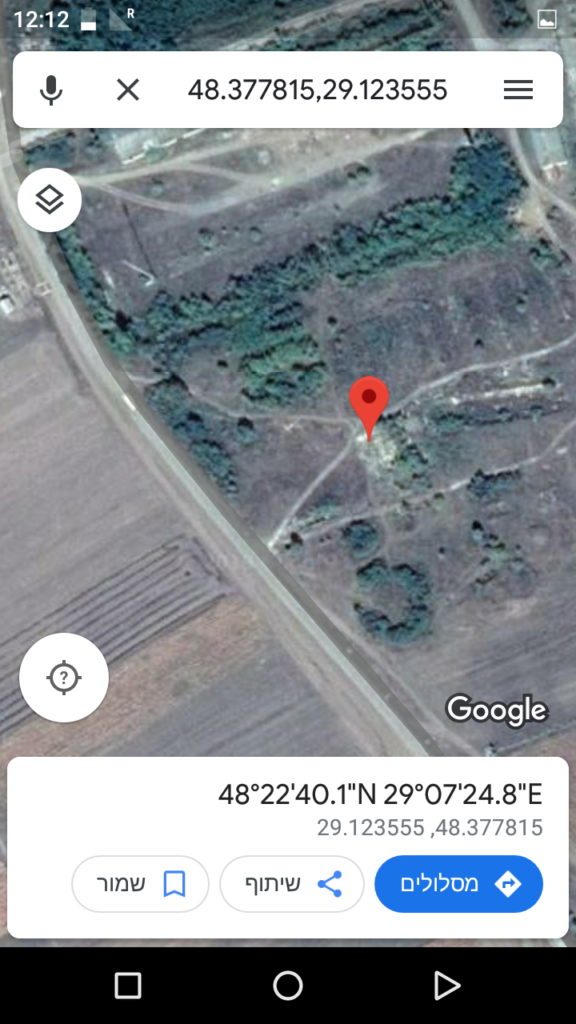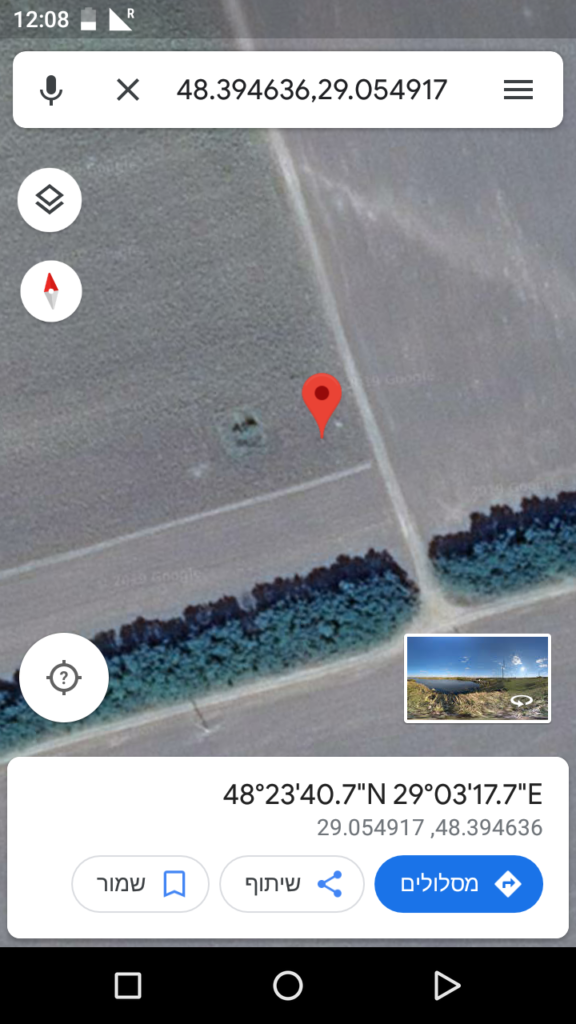Naftali Zloczower, Kibbutz Kfar Charuv, Israel
In September 2017, my wife, Nava, and I made a roots trip to Bukovina, including Storojinets (Storozynets), the hometown of my parents and grandparents. The trip was enlightening, exciting, moving and inspiring.
One of the top highlights of the trip was our visit in the Czernowitz Archives (State Archives of Chernivtsi Oblast). We were presented with cardboard files containing listings of the inhabitants of the Storojinet Ghetto in August of 1941, shortly after the Jewish Ghetto was established by the Romanian fascists in July, and shortly before all these Jewish residents were marched and hauled to the camps of Transnistria in October-November.
We had very limited time to go over the many pages of listings, since we arrived close to the closing hour of the archives. Even though we were allowed to stay a little longer than the official closing time, we were under pressure and were not able to view all the lists (at the last minute they brought to us the files from my great grandparents’ village, Banila, but we did not have the time to even open the files).
As we quickly went over the files, looking for familiar names, we found the names of almost all my relatives who were in the Ghetto at that time. Using my camera, I photographed only pages containing last names that looked familiar to me (relatives and family acquaintances). Even though the pages I photographed included only part of the many pages of listings, they contained many names of Ghetto residents.
I decided to compile and prepare a printed list of the residents appearing in the photographed pages, not realizing what a difficult task I took on myself. The lists were hand-written by different clerks, each with his/her personal handwriting. The language of the listings was Romanian, and some of the scripts were unfamiliar to me.
Not being a doctor or a teacher, who are used to reading barely legible or illegible scribblings, it was very difficult for me to decipher many of the names and words. Street names and names of towns changed since 1941, so it is difficult to check these out. There were different spellings to the same names, making it even more difficult to decipher them. To add to the difficulties, some of the photographed pages were not in perfect focus, making the names even more illegible.
It was extremely difficult to decipher the names of people, streets, towns, and regions, but I used different means and methods in trying to accomplish this. I think I was successful in deciphering many of the illegible names, but I am sure there are still many mistakes in the list I compiled.
The city of Storojinet, the second largest in Bukovina in 1941, was and still is the administrative center of the County of Storojinet. The original lists give the names of the town/city and county or region where each of the listed people was born. In my lists, for people born in towns in Storojinet County, I just wrote the name of the town.
For people born in towns/cities not in Storojinet County, I wrote the name of the town/city and, in parenthesis, the name of the county or region where they were born.
The original lists showed the age of each person, and I added to the age the calculated approximate year of birth (1941 – age = year of birth). I also marked known relatives and family acquaintances.
In this document, I include a photographed copy of one of the original pages, as a sample page, and translations of the Romanian column headings of the original table.
If you wish to have a copy of an original page containing specific names, please write to me ( nzlo@outlook.com ) and I will send you a copy.



